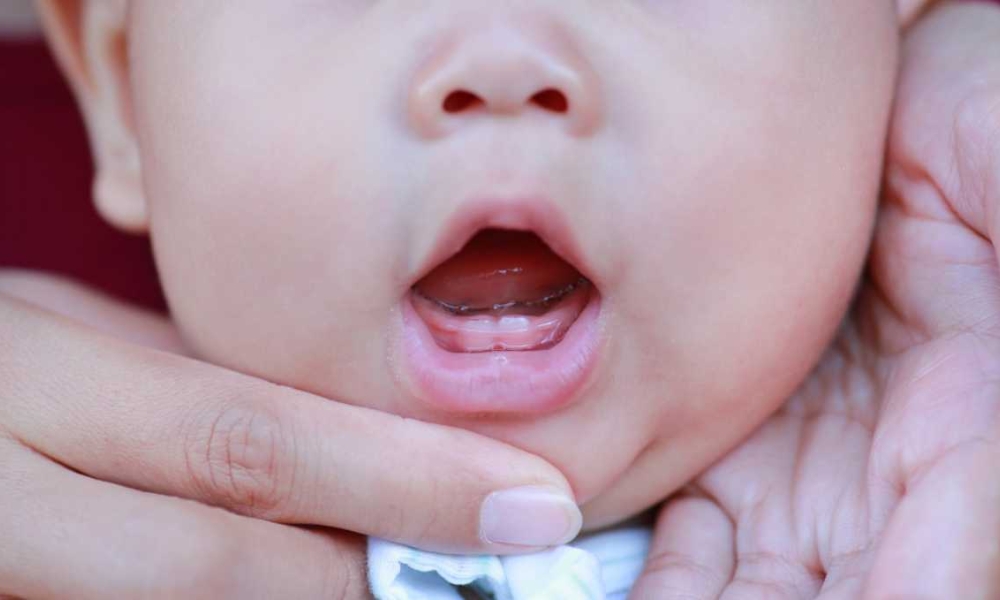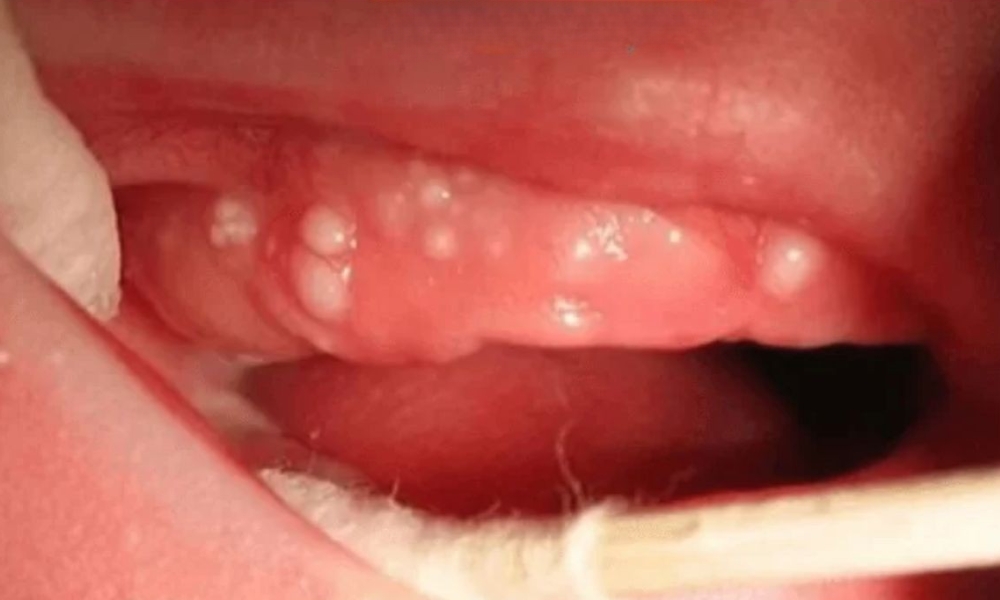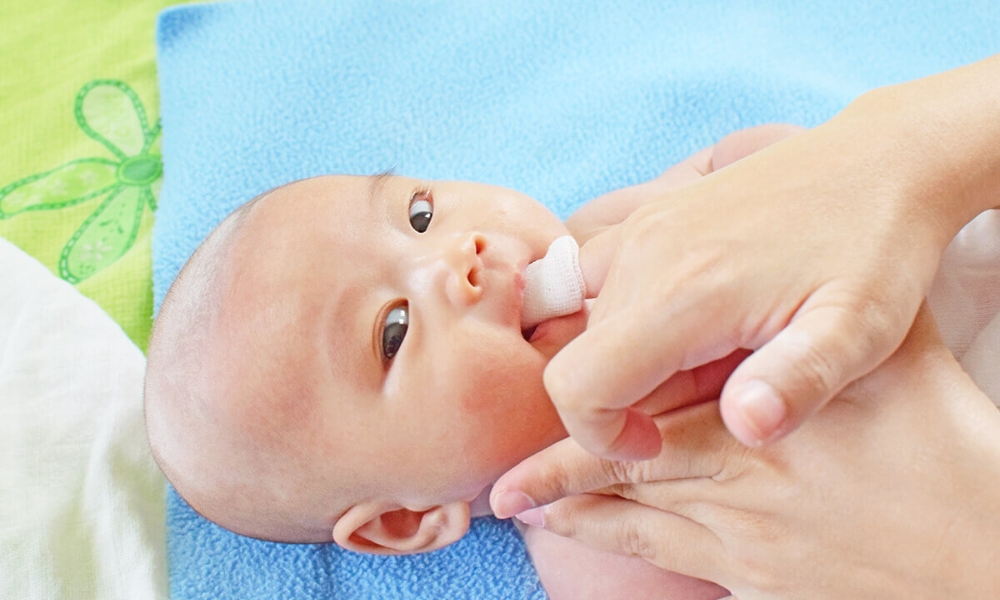A Comprehensive Guide to Infant Oral Health: Common Dental Issues and Care
Caring for your newborn’s oral health is crucial, even before their first tooth makes an appearance. Infants have highly sensitive mouths that can be prone to various issues if not attended to properly. In this guide, we will explore common dental problems in infants and provide a detailed approach to maintaining their oral hygiene.

Infant oral health is an important consideration.
Common Dental Issues in Infants
1. Natal Teeth
Natal teeth, although rare, occur in approximately 1 in 7,000 to 30,000 newborns. These are teeth that are formed during pregnancy and are usually present at birth. There are four types of natal teeth: fully erupted, loose but fully visible, partially erupted, and those that are still beneath the gum line.
These teeth can present feeding challenges and discomfort for both the baby and the mother. In certain cases, dental surgeons may recommend removal if they pose a problem.
2. Milk Spots (Nanh Sữa)
Milk spots, affecting about 75% of newborns, are benign lesions typically found on the gums and are often mistaken for calcium deposits or signs of poor hygiene. These small white spots can appear as early as three months and are common in infants. They generally do not require intervention unless accompanied by signs of infection such as redness, swelling, or fever.

Milk spots are common and usually benign.
3. Oral Thrush (Tưa Miệng)
Oral thrush is a fungal infection that can occur in newborns, especially those born prematurely or with weakened immune systems. Symptoms include white patches that resemble milk on the tongue and inside the mouth. Treatment often involves gentle cleaning and, in severe cases, anti-fungal medications. It’s important not to use home remedies such as honey, which can be harmful.
4. Gum Inflammation (Viêm Lợi)
Gum inflammation is commonly seen in infants and toddlers under two years old. Poor oral hygiene can lead to an overgrowth of bacteria, resulting in red, swollen gums. Treatment includes proper cleaning techniques and, if necessary, medical intervention to handle severe cases.
Proper Oral Hygiene for Infants
To maintain your baby’s oral health, cleaning their mouth should start from the moment they are born. Here’s a step-by-step guide:
1. Gather Necessary Supplies
- Soft cloth or gauze
- Saline solution or boiled then cooled water
2. Cleaning Steps
- Wash Your Hands: Ensure they’re clean before touching your baby’s mouth.
- Position the Baby: Hold or lay your baby comfortably.
- Prepare the Cleaning Tool: Dampen the cloth or gauze with saline or cooled water.
- Cleaning: Gently wipe the gums, tongue, and inside the cheeks, ensuring to remove any milk residue.
Pro Tip: Avoid cleaning immediately after feeding to prevent discomfort for your baby. Aim for at least once a day.

Proper oral hygiene routine is essential for infant health.
Why Oral Care Matters
Taking care of your infant’s oral hygiene lays the groundwork for a healthy mouth and teeth in the future. Regular practices reduce the risk of dental issues as your child grows.
If you found this guide helpful, consider exploring our other articles related to health and wellness:
- 3 Ways to Recover, Retrieve Deleted Videos On TikTok
- TikTok will allow users to upload videos up to 10 minutes long
- Sharing a video on TikTok – How to make it easily?
- How To Set TikTok Password Extremely Fast, Simple, and Detailed
Conclusion
Regularly attending to your infant’s oral health can lead to a lifetime of healthy smiles. By understanding potential issues and implementing a proper cleaning regimen, you are setting the stage for their future dental well-being. Keep these tips in mind to protect your little one’s smile from the very beginning!
Leave a Reply
You must be logged in to post a comment.